You’ve heard of suspended chords but don’t really know what they are or how to use them.
Chords are the foundation of music, and learning how to use suspended chords will make your music sound more interesting and complex.
A suspended chord is a chord in which one or more notes are replaced by another note a step higher or lower than the original chord. This type of chord gives you more options when creating music because it doesn’t have a definite tonality. You can use a sus4 chord to create tension that is released by returning to the original chord, or you can hold on to the sus4 chord for an extended period of time for a different effect.
Read the complete article to know all about the suspended chords.
What is a Sus chord?
You learned about the major and minor chords and how they are built in our article on “Triads Music.” You also saw that these triads have two major or minor third intervals stacked over the root note.
If you alter these triads and try to build chords that are derived from the stacked third intervals but actually contain different intervals, you will get new chords known as suspensions. The second note is altered (raised or lowered) in these chords from its earlier minor or major third interval.
Definition of Sus Chords
Hence, you may define suspended chords as musical chords that have their thirds (major or minor) omitted and replaced by a Major second or a Perfect fourth interval.
The term suspension is taken from the music theory in earlier times, wherein it indicates that a note from the current chord is carried over to the next in the chord progression, and the resolution of the note occurs at the third or the tonic of the next chord. In essence, a note is suspended from the current chord.
In modern parlance, it is not necessary to hold any note from the prior chord and resolve it in the next chord, though it may happen in many cases. Currently, the term is intended to indicate the harmonic structure with no implications about what comes after or before. The suspensions induce neutral quality and harmonically do not resolve till the suspension is released.
Two Main Types Of Suspended Chords
As stated earlier, you can get a suspended chord by raising or lowering the thirds. This leads us to the two types of suspended chords. In the first one, the 3rd interval is lowered to a 2nd, known as the “Suspended 2nd chords“. The second type of suspended chord, called the “Suspended 4th chord,” is built by raising the 3rd to a 4th. You can learn about these chords in the following few sections in detail.
The Sus2 chord
You can start with any major or minor chord and lower the 3rd to a Major 2nd, you will get the Sus2 chord. These chords have a perfect fifth, like any minor or major chord. Hence, a Perfect 4th interval is stacked above the Major 2nd interval (the suspended note).
The intervals and the three notes of the Sus2 chords are given by the expression,
R – M2 – N2 (M2) – P4 – N3 (P5) where
- R is the root note,
- N2 is the 2nd note in the chord at the Major 2nd interval from the root,
- N3 is the 3rd note in the chord at the Perfect 5th interval from the root or the Perfect 4th interval from the second note.
The chord formula for the Sus2 chord is [1 2 5]. Hence for the C major scale, the notes of the Csus2 chord will be {C, D, G} instead of {C, E, G} in the C major triad.
The Sus-4 chord
In the same way, if you raise the third of minor or major chords to a Perfect 4th, you get the sus4 chords. These chords also have a perfect fifth. Hence a Major 2nd interval has been stacked over the perfect 4th to form these chords. If you carefully note, the intervals of Sus4 are opposite to those of the Sus2 chords.
The intervals and the notes of the Sus4 chords are given by the expression,
R – P4 – N2 (P4) – M2 – N3 (P5) where
- R is the root note,
- N2 is the 2nd note in the chord at the Perfect 4th interval from the root,
- N3 is the 3rd note in the chord at the Perfect 5th interval from the root or the Major 2nd interval from the second note.
The chord formula for the Sus2 chord is [1 4 5]. Hence for the C major scale, the notes of the Csus4 chord will be {C, F, G} instead of {C, E, G} in the C major chord.
The 7Sus2 & 7Sus4 Chords
The sevenths can be added to the suspended chords, mainly in the form of minor 7ths. The 7th suspended chords are made from the 7th minor or dominant chords, as the major 7th suspensions never function well. The replacement logic for the thirds with Major 2nd and Perfect 4th is the same as in any Sus2 or Sus4 chord.
In the key of C, the notes of 7Sus2 and 7Sus4 will be {C – D – G – Bb} and {C – F – G – Bb}.
The Diminished & Augmented Suspension Chords
These chords are rarely used, but the suspension logic is the same as above. The only difference with other types comes in the fifth interval, which is flatted for the diminished chords and sharped for the augmented chords.
The augmented diminished Sus4 chord is highly dissonant because of only one semitone difference between the perfect 4th and diminished 5th.
How do you Label Suspended Chords?
The labels for various types of Suspended chords are shown in the following section.
Suspended 2 triads: Csus2 or Csus2
Suspended 4 triads: Csus4 or Csus4
Suspended 2 7th chords: C7sus2 or C7sus2
Suspended 4 7th chords: C7sus4 or C7sus4
Diminished Suspended Chords: dimsus2, dimsus4.
Augmented Suspended Chords: augsus2, augsus4.
Examples of Suspended Chords
The many examples of various types of Suspended chords are shown in this section.
Suspended 2 triads: [1, 2, 5]
Csus2: {C, D, G}
Dsus2: {D, E, A}
Esus2: {E, Gb, B}
Suspended 4 triads: [1, 4, 5]
Csus4: {C, F, G]
Dsus4: {D, G, A}
Esus4: {E, A, B}
Suspended 2 7th chords: [1, 2, 5, b7]
C7sus2: {C, D, G, Bb}
D7sus2: {D, E, A, C}
E7sus2: {E, Gb, B, D}
Suspended 4 7th chords: [1, 4, 5, b7]
C7sus4: {C, F, G, Bb]
D7sus4: {D, G, A, C}
E7sus4: {E, A, B, D}
Diminished Suspended Chords: [1, 2, b5] and [1, 4, b5]
Cdimsus2: {C, D, Gb]
Ddimsus2: {D, E, Ab}
Edimsus2: {E, Gb, Bb}
Cdimsus4: {C, F, Gb]
Ddimsus4: {D, G, Ab}
Edimsus4: {E, A, Bb}
Augmented Suspended Chords: augsus2, augsus4.
Caugsus2: {C, D, G#]
Daugsus2: {D, E, A#}
Eaugsus2: {E, Gb, C}
Caugsus4: {C, F, G#]
Daugsus4: {D, G, A#}
Eaugsus4: {E, A, C}
Inversions of the Suspended Chords
Each of the Sus2 and Sus4 chords has two chord inversions. For example, consider the Csus2 chord with notes: {C, D, G}
- Its first inversion is {D, G, C}. This inversion has two intervals of Perfect 4th stacked over the root, which is known as the quartal harmony.
- The second inversion is {G, C, D}. You may note that it is the Gsus4 chord.
Similarly, Csus4 has notes {C, F, G} and
- Its first inversion is {F, G, C}. This is the Fsus2 chord.
- The second inversion is {G, C, F}. This chord again shows quartal harmony.
How to Use Sus Chords
With all this background, you will now be in a position to grasp the basics of use, utilization, and playing sus chords on the fretboard. Let us dive deep into it.
How To Play Suspended Chords in Classical Music
Suspended Chords are used to delay the resolution to the tonic chord. These chords do not create much tension by themselves but do not get resolved also. While there is a tendency to resolve, but not strong enough, so it gives a feeling of floating. But in modern Jazz, they may be unresolved for long and sometimes indefinitely, as in the song “Maiden Voyage” by Herbie Hancock.
The composers set up tension and then delay its resolution for some more time by putting in the suspending chord and holding it briefly for the audience to appreciate the resolution when it finally happens.
How to Use Sus Chords in Jazz
The suspended chords carry out the same function as in the classical music above. They delay the resolution, but this resolution in jazz usually is to the dominant 7th chords instead of the tonic in classical music.
Consider the D7sus4 chord with notes {D, G, A, C}, while the D7 dominant chord has notes {D, F#, A, C}. The movement is only of one note which moves from a 4th to a 3rd.

Sus Chord Acts as a Transition for ii-V Chord Progression.
Let us consider the key of G Major. The ii chord is A minor 9, and the dominant 9th chord is D9. The notes of Am9 are {A, C, E, G, B}, and those of D9 are {D, F#, A, C, E}. Let us consider a different voicing of D7, {D, C, E, F#, A}
See these chords on the diagram below. The transition requires two elements:
- The root changes from A to D,
- The other changes are G to F# and B to A, with C and E being the same in both chords.
Instead of the two changes happening together, we can split them into two steps by introducing a voicing of the D9sus4 chord derived in the same way as D9 changing the 3rd to a 4th and using a voicing with notes {D, C, E, G, A}. Now,
- The first change happens between Am9 {A, C, E, G, B} to D9sus4 {D, C, E, G, A}, whereby the root is changed from A to D, the next 3 notes are the same, and B changes to A.
- The second change happens between D9sus4 {D, G, E, G, A} to D9 {D, C, E, F#, A} where G gets resolved to F#, and balance notes are the same.
The ii chord has three perfect 5ths between the root and 5th the 3rd and 7th, and the 5th and 9th note, while V has a tritone between the 3rd and 7th.
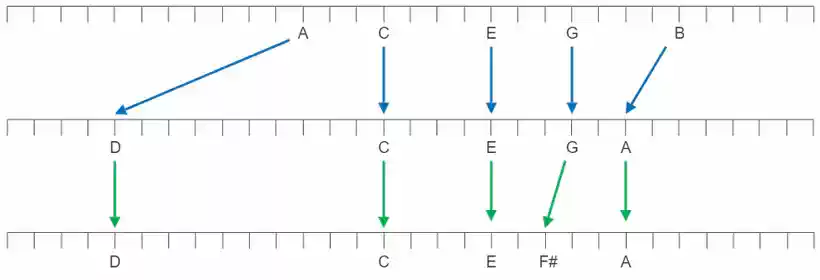
Sus-chord Transition for an ii-V-I Cadence & Sus-chord Delays for V-I
By extending the logic you have seen in the last section, you can easily make out that sus chords work for ii-V-I and V-I Cadence.
Other uses of sus-chords
Other uses include
- Replacing a dominant chord entirely with a Sus chord.
- Replacing an iim7 chord entirely with a Sus chord. As you have seen above, the only difference between the two is the bass note.
- Replacing the major and minor chords. As suspended chords have a neutral sound, you can use them to substitute for the other major and minor chords.
- Alternating between the Sus chord and the original chord in the same root.
Suspended Guitar Chords Chart
The section below presents you with the guitar chord charts for the Sus2, Sus4, and 7Sus4 chords.
Sus2 Guitar Chord Diagrams
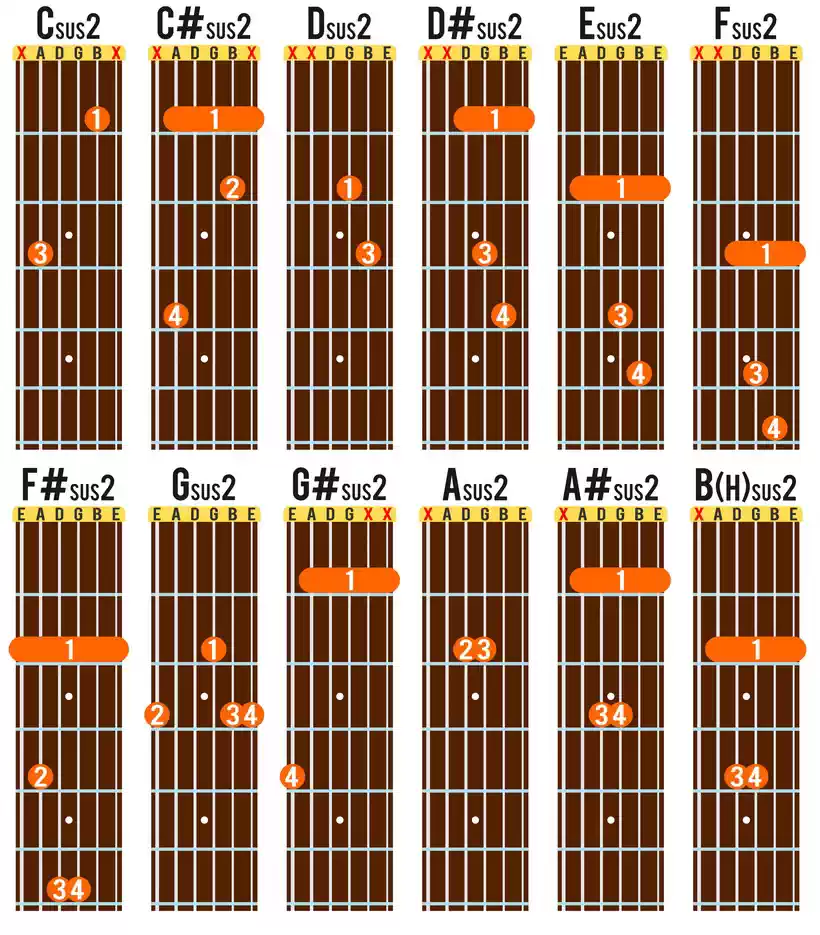
Sus4 Guitar Chord Diagrams
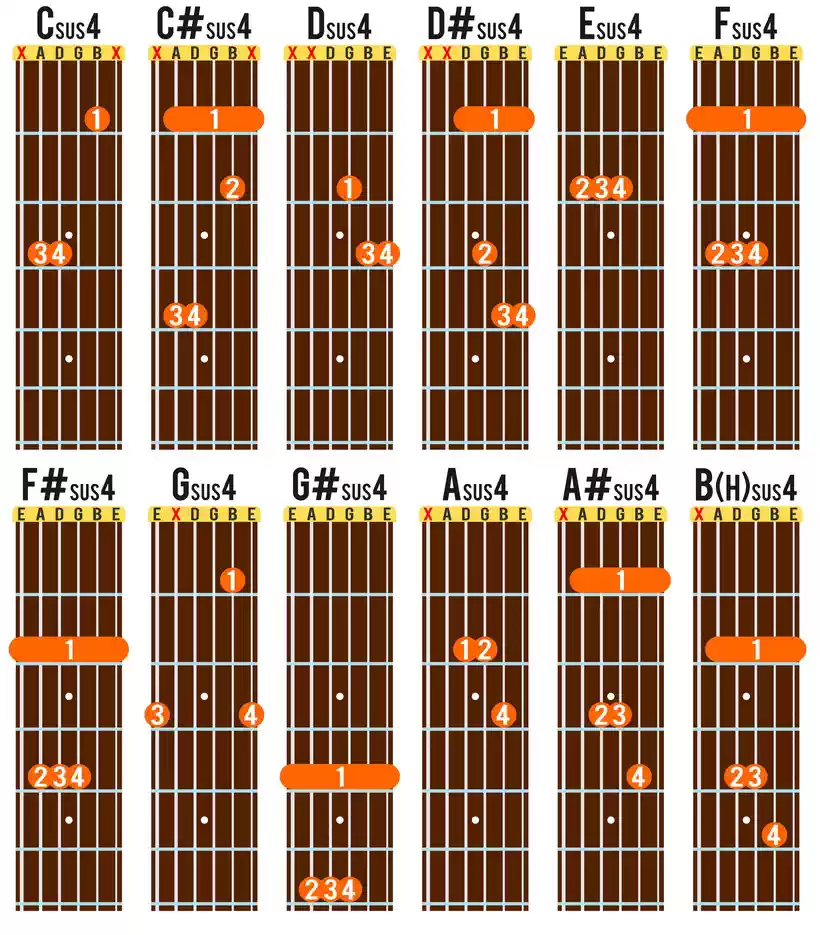
7Sus4 Guitar Chord Diagrams
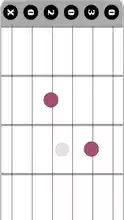
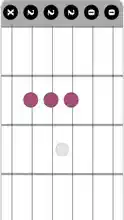
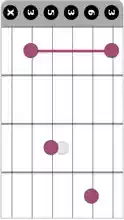
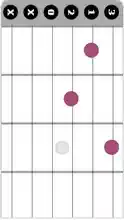
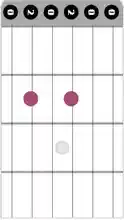
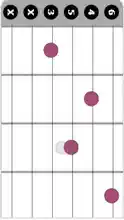
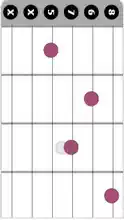
Conclusion
That’s all for now on suspended chords. I hope you found this post helpful and gave you some ideas on using suspended chords in your own music. Let me know in the comments section if you want any clarifications or have any questions.

